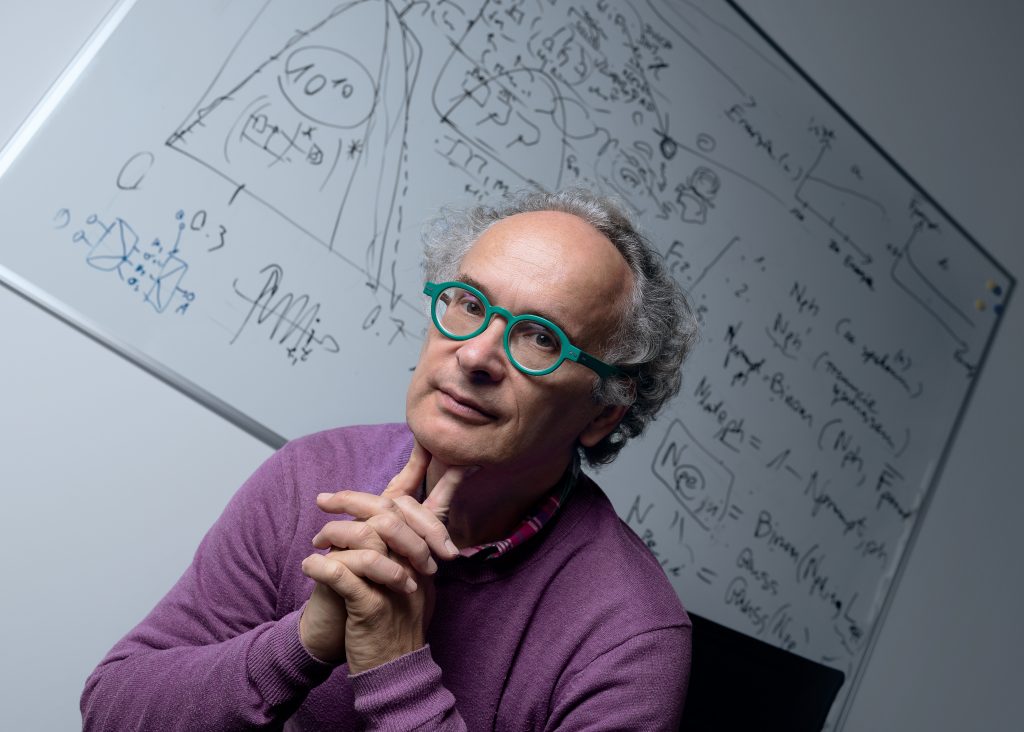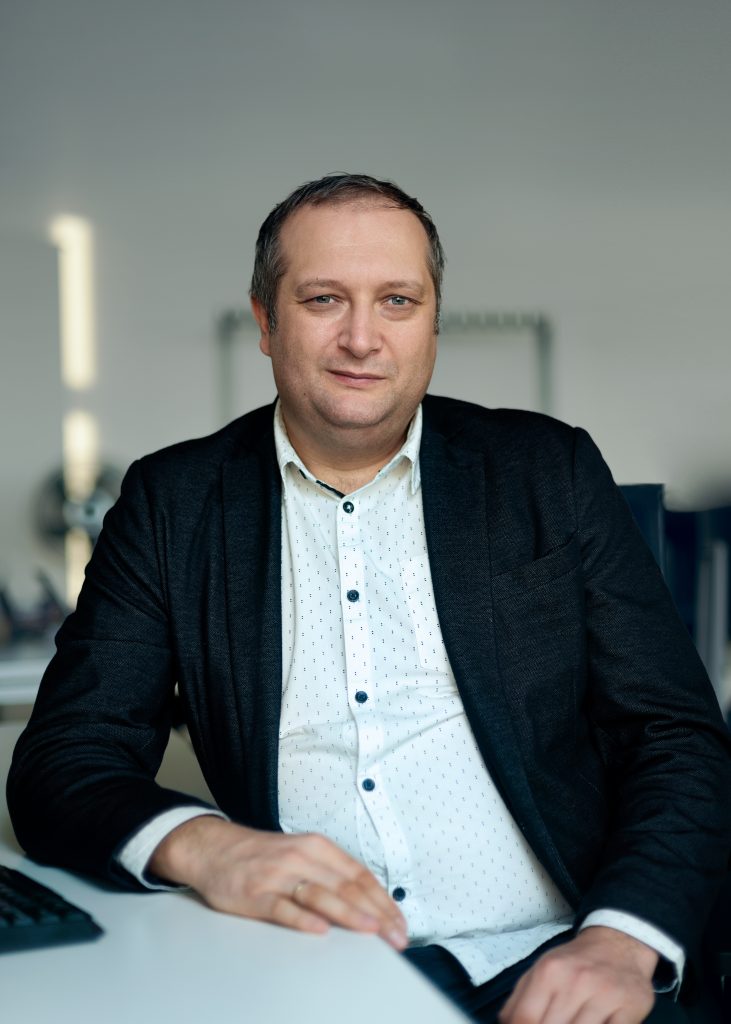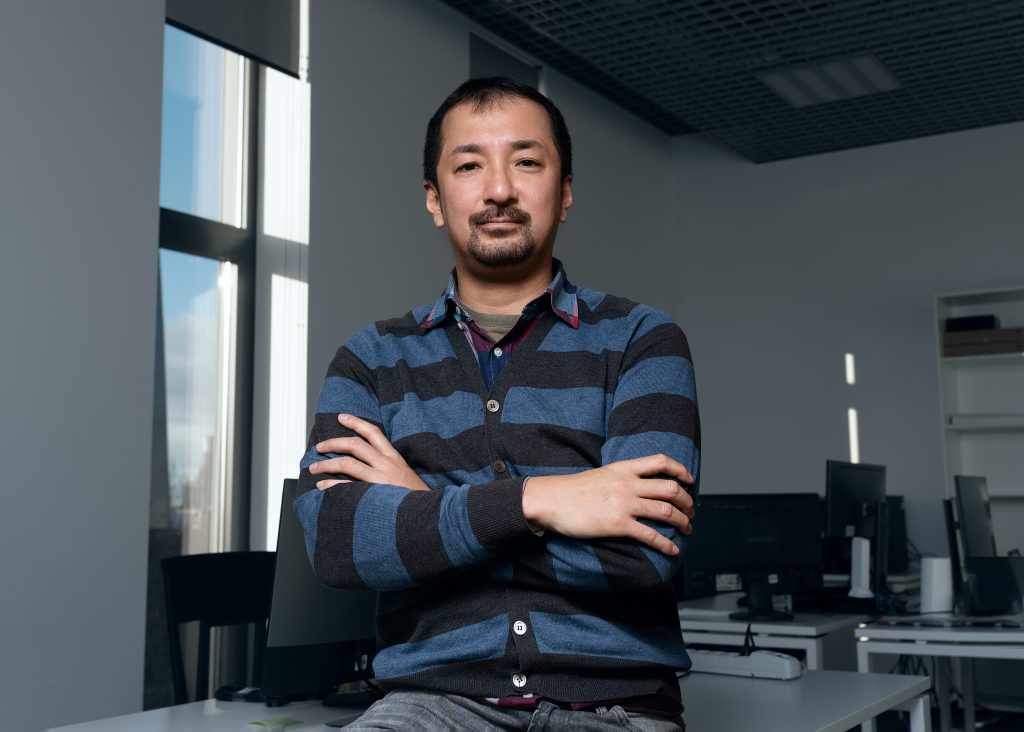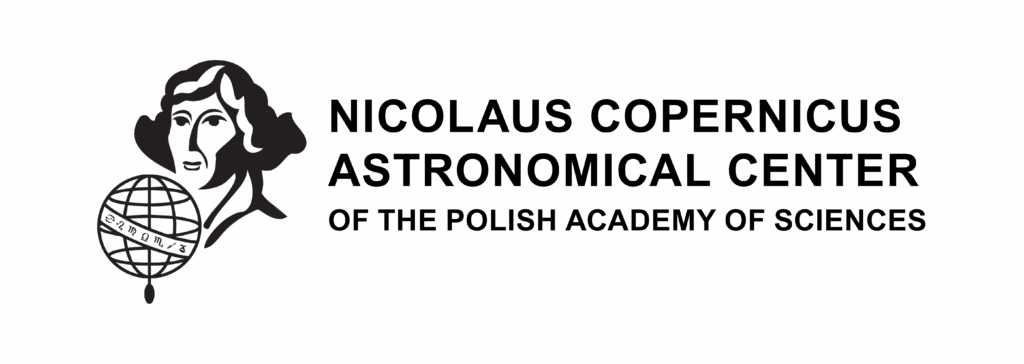Dr Marcin Kuźniak
SiPM Systems for Astroparticle Physics and Medical Physics group leader

For Group 1 year 2020 was a period of intense growth, establishing partnerships and setting foundations for planned R&D work. Despite major obstacles and delays, inevitably caused by the pandemic, this stage has now been completed and there are some first successes to show-case.
The group has grown, with dr Turkoglu who joined in June and brought experience in computer simulations of dark matter detectors, particularly valuable for the DarkSide-20k experiment we collaborate on. A second PhD student and a new intern will start within the next weeks. We have also advanced joint projects with other local groups and enjoyed excellent support of AstroCeNT technicians and an engineer.
We are now leading three projects funded by NAWA, NCN and the European Commission, which cover different aspects of experimental astroparticle physics and enable us to partner with the top institutions in the field. The largest of them is the Horizon 2020 project “DarkWave”, implemented by a consortium consisting of APC/CNRS Paris, GSSI and INFN from Italy, and Technical University of Munich (TUM). We are also collaborating with Canadian groups on the DEAP-3600 experiment, both on data analysis and the ongoing hardware upgrade.
The main activity this year has been on the DarkSide-20k experiment, where we are responsible for selection and production of nearly 700 m2 of a special fluorescent and reflective material, which will allow to collect light from the large volume of the detector. We have proposed a novel material for this purpose and led a series of successful measurements and tests, which has recently resulted in a formal approval of our proposal by the collaboration. To make that happen we partnered with groups from TUM, INFN, University of Manchester, Department of Chemistry of the University of Warsaw, INTiBS PAN in Wrocław, and established our own cleanroom laboratory at CEZAMAT. Next year we will move on to industrializing this concept, as well as to expanding hardware capabilities in our lab, which are relevant for several other planned research topics.
Wishing everyone happy and healthy Holidays and a much better New Year!
Prof. Tomasz Bulik
Seismic Sensors group leader

The last year was quite a time for Group 2. There have been many personnel changes. During the year Dr Patecki left the group and went on to work independently on his Marie Curie grant. We have welcome three new members of the group. The first was Wathela Alhassan – a new graduate student who joined to work on gravitational and seismic data using machine learning methods. Dr Josiah Ensing joined the group in the fall. He is a geophysicist and will add his expertise to the geological study of the Sardinia ET site but also started work on data analysis. Recently the group has welcomed Dr Shariful Alam who will work on data analysis algorithms.
The important achievement in the last year was the development of the infrasound microphone prototype and the calibration station for infrasound microphones. An extensive network of the microphones will be deployed in Virgo in the coming year. We are also working on a test microphone network to be put in the Książ underground lab and in the ET site in Sardinia.
Dr Mariusz Suchenek
Electronics and Data Acquisition and Processing group leader

This year in Astrocent was unusual for everyone, mainly due to the COVID pandemic. Much of the work planned for 2020 has been postponed and some of projects have been even cancelled due to travel restrictions. All planned trips did not take place, some of them were moved to online meetings.
Group 3 in AstroCeNT was established on 1st January 2020 and has faced COVID-related issues right from the start. From the very beginning, dr Marek Cieślar joined Group 3. There were more people planned to work in Group 3, unfortunately they could not be hired due to travel restrictions. In September, Piotr Kamiński and Hubert Zajączkowski were able to join group 3 as interns. Also, Grzegorz Nieradka, Mateusz Pietrzak, and Marcin Ziembicki as technicians cooperate with the group. Marcin Ziembicki in June 2020, obtained his PhD degree. Bartosz Zabołotny supports the group in the FPGA software.
In December, Group 3 finishes working on the development of an innovative, multi-core heterogeneous computer with reconfigurable peripherals, equipped with sensor interfaces with machine learning coprocessors, developed in cooperation with Modig company. As part of the cooperation, it was possible to design, manufacture, develop software for Linux and FreeRtos, and perform EMC tests of the board.
Another project was the preamplifier for the infrasound microphone, developed together with Group 2. Those microphones and preamplifiers will be used to study the Newtononian noise. The developed setup is comparable to the parameters obtained from commercially available microphones and preamplifiers but at a much lower price. Groups 3 and 2 are also working on the development of a new seismic sensor allowing measurements in a much lower frequency range than before. However, this work has only just begun.
Dr Masayuki Wada
Ultrapure SiPMs and Associated Readout Electronics group leader

This year was difficult, but quite successful for group 4. We have carried out several important projects and several excellent specialists have joined us. Among them Dr Azam Zabihi (postdoc), who is a specialist in Geant4 simulation for medical applications, Iftikhar Ahmad (PhD student), who works on the development of an ultra-pure photodetector, and Paules Zakhary (PhD student), who works on low-mass dark matter search. We participated in the ReD experiment to investigate the directionality of nuclear recoils in liquid argon, which is the key feature to positively confirm dark matter signal if it is proved to exist.
As a response to the COVID pandemic, we contributed to developing a new ventilator – MVM (https://mvm.care/). With international collaborators, we quickly obtained the medical certificates from the US, Canada, and EU.
This year we started a simulation for a full-scale TOF-PET scanner with our liquid argon technology. Also, we studied the 37Ar activation rate from cosmic rays in DarkSide-50, a key feature for future experiments.
Prof. Piotr Gawron
Scientific Computing & Information Technology group leader

The year 2020 was the first proper year of work for the AstroCeNT’s Scientific Computing & Information Technology Group. Many people have joined the group and some even left. The group has become interdisciplinary and now consists of computer scientists, physicists and engineers.
This year we worked on a variety of topics considering applications of machine learning techniques and tools for supporting AstroCeNT’s main research activities. We have learned how to use new tools and how manage our work in this difficult year. Now we look into the future.
We have ambitious plans: we want to be able to predict the shape of gravitational wave signals; we want to understand the seismic noise impacting gravitational wave detectors; we want to develop quantum machine learning techniques for space observations. We will look for ambitious PhD students willing to help us in these scientific endeavors. We hope that 2021 will be a good year for science – the one we do out of pure curiosity and the one that makes our lives better.
Yay for vaccines!
Prof. Leszek Roszkowski
Particle Astrophysics group leader

The Particle Astrophysics group almost completely changed on the personnel’s side while remaining on its main course on the research side. One of the two previous postdocs, Matthew Talia had decided to return to Australia for personal reasons at the end of 2019. At the same time, Ekaterina Karukes gave birth to her baby at Christmas and went on a maternity leave. She was supposed to rejoin us in September but decided instead to follow her husband who obtained a position in Rome. Two more postdocs were recruited in the meantime. Sebastian Trojanowski joined us in September after finishing a postdoc term at the University of Sheffield in the UK. It took until December for Manimala Chakraborti to overcome visa-related obstacles and come from the Autonoma University in Madrid, Spain.
Despite the changes in the group and the overall pandemic situation, on the research side the group remained active. With Ekaterina and Matthew, as well as Andrzej Hryczuk at NCBJ, we published an interesting paper on astrophysical uncertainties in evaluating prospects for detection of MeV mass scale dark matter. Recently with our visitor from Chile, Paola Arias Reyes and Dimitris Karamitros from NCBJ, I completed a paper on dark matter production in some nonstandard cosmology scenarios for the Big Bang. Meanwhile, I led a team of twelve experimentalists and theorists to produce a report for APPEC on the present situation and future prospects of direct detection of dark matter in Europe. Completing it was quite an effort but it was worth it because it has received much positive feedback from the community and will hopefully serve as a useful basis for strategic planning for the field in Europe and elsewhere.
What to expect in 2021? We will see. More postdocs will hopefully join us in the coming months. In addition to Sebastian and Manimala, and of course myself, each will represent a somewhat different area of expertise which is very welcome. Despite being quite occupied with running the Centre, I very much hope that some interesting ideas will come out of our brain-storming discussions and that I will learn some new physics. Which is what I still enjoy the most.
Photos: Dmitry Nadtocheev







